The Importance Of Being Loud: Ohma is here to change the microphone as you know it
Written by WOM writer on July 25, 2023
Custom-made capsules, bright and bold designs, and a desire to stand aloud from the crowd – this LA-based brand isn’t your average mic manufacturer.
In December 2022, an inaugural blog post appeared on Ohma World’s website titled: Say Goodbye To Imposter Syndrome. The piece, written by Ohma’s co-founder Charlene Gibbs, implores audio creatives to stave off that debilitating inner voice by acknowledging their accomplishments, communing with supportive allies and accepting help.
Gibbs, you might say, has skin in the game.
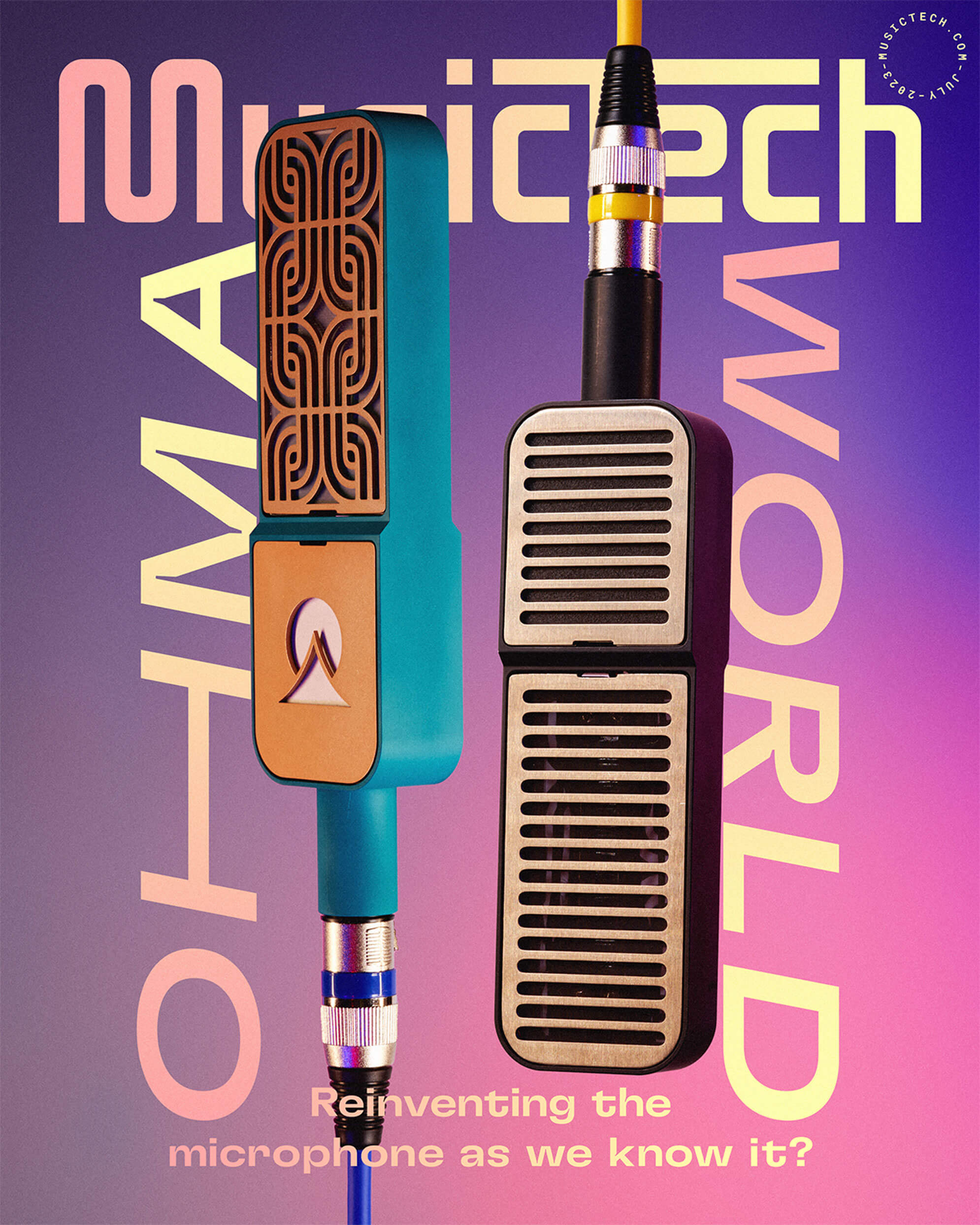
The microphone market is one of the hardest corners of music technology to break into. With a century-spanning heritage of iconic designs, industry heavyweights like Neumann, AEA and Telefunken have built their names over decades, characterising entire albums and becoming talismanic to revered studios everywhere. If there’s one place a new developer is likely to find themselves with imposter syndrome on the brain, it’s here.
This is due, in part, to it being an inhospitable environment for novel ideas. The design ethos and the aesthetic of studio mics have changed relatively little since early innovations – not least demonstrated by clone after clone of famous designs hitting the market every year. This, if nothing else, only shores up a seemingly prevalent view that success in the mic business is about looking back more than it is about looking forward. Even Teenage Engineering’s recently released CM-15 microphone looks relatively quiet next to the company’s otherwise maverick line of products.
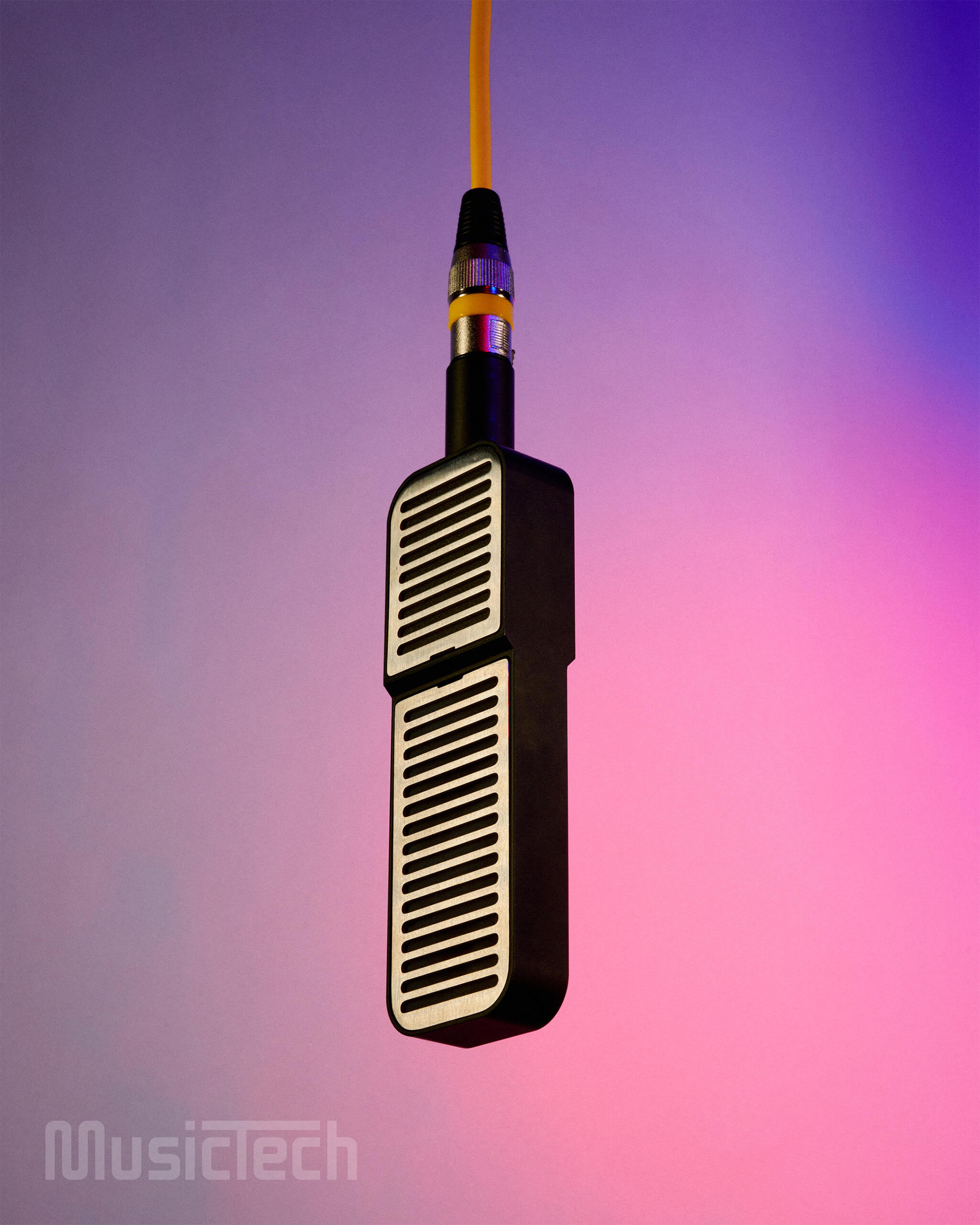
It’s a little like Scotch whisky or cigars, whose branding and culture remain stubbornly traditional, to the extent that fresh designs are perhaps more likely to elicit scepticism than excitement. We put this to Gibbs and fellow Ohma co-founder Sammy Rothman, speaking from San Francisco and Los Angeles respectively, who share a laugh.
“To be honest, this was a no-brainer for us,” Gibbs explains. “Sammy and I love art and we love design; we love fashion. And this innate part of our personality and our interests is always going to lend itself to the products that we make, no matter what. We couldn’t just deny ourselves. That’s not healthy.
“We’ve worked at microphone companies that have some of the most striking-looking microphones. So we’re used to people saying, ‘Whoa, I’ve never seen a microphone that looks like this before!’ And then they put it up and they’re like, ‘Wow, that sounds even better than it looks!’
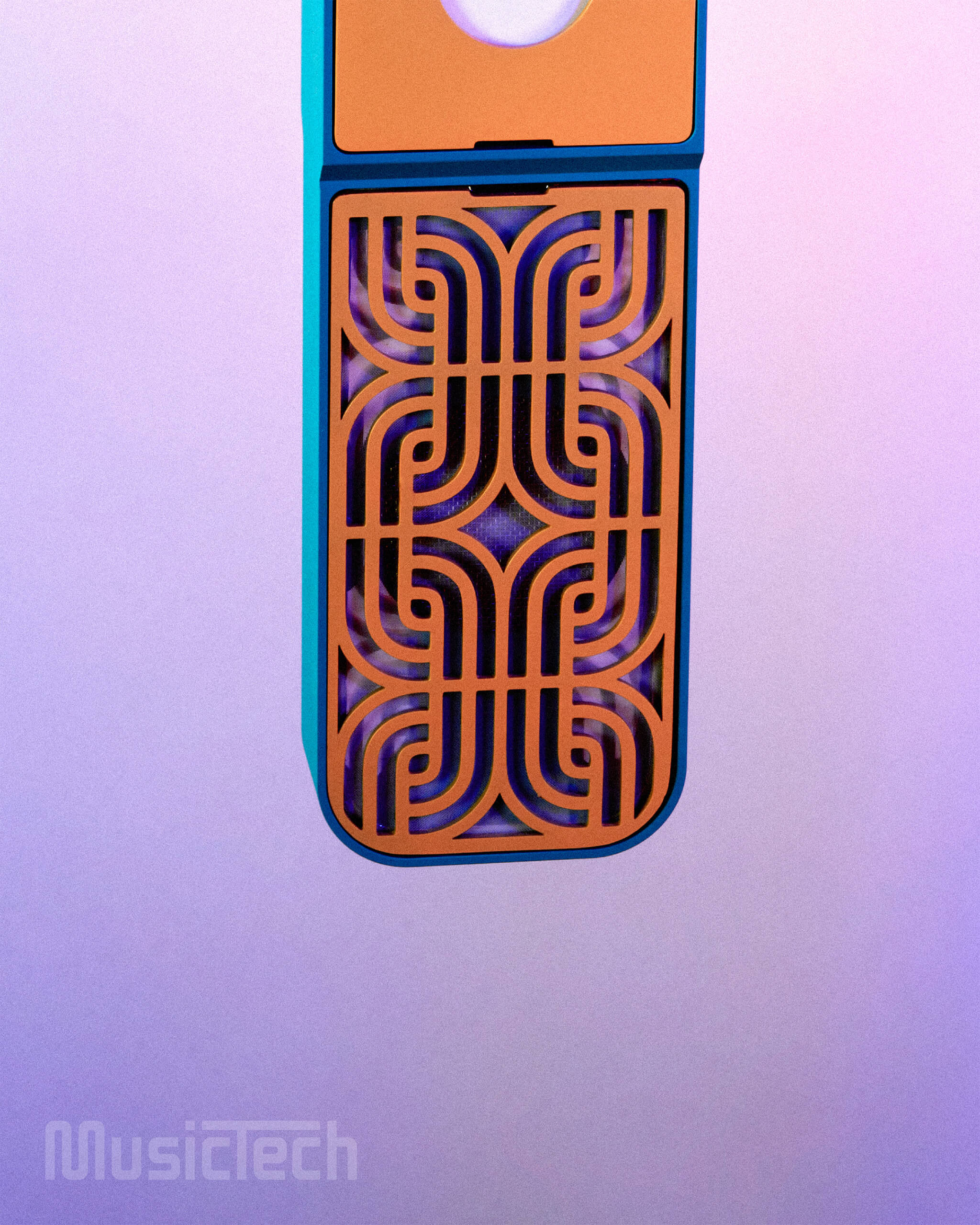
“It’s an uncomfortable [position] to sit in,” they continue, “especially in an industry that’s so anachronistic. But the thing is, we were so confident that we could package our technical abilities into a design far beyond the way the industry has been; the way it clutches its pearls.
“We thought, ‘This really can be a kind of tabula rasa project. A fresh start.’ And being loud about identifying as queer played a large part, too. In the world of audio, that’s just not a thing.”
You could say that Ohma offers two microphones or that it offers a near-limitless number of microphones. The company currently offers one ribbon mic and one large-diaphragm condenser mic, both presented in exactly the same body design. However, Ohma’s range of patterned magnetic mic screens are fully interchangeable; each designed to impart its own distinct sonic character to the two otherwise all-rounder designs.
The current range of five available screen designs was purportedly whittled down from dozens of candidates, and the result is a bold arsenal of physical tonal tools. Simply named Motif, Holes, Stripes, Scales and Windows, the screens promise the most tonal responses you could hope for from these two microphone types.
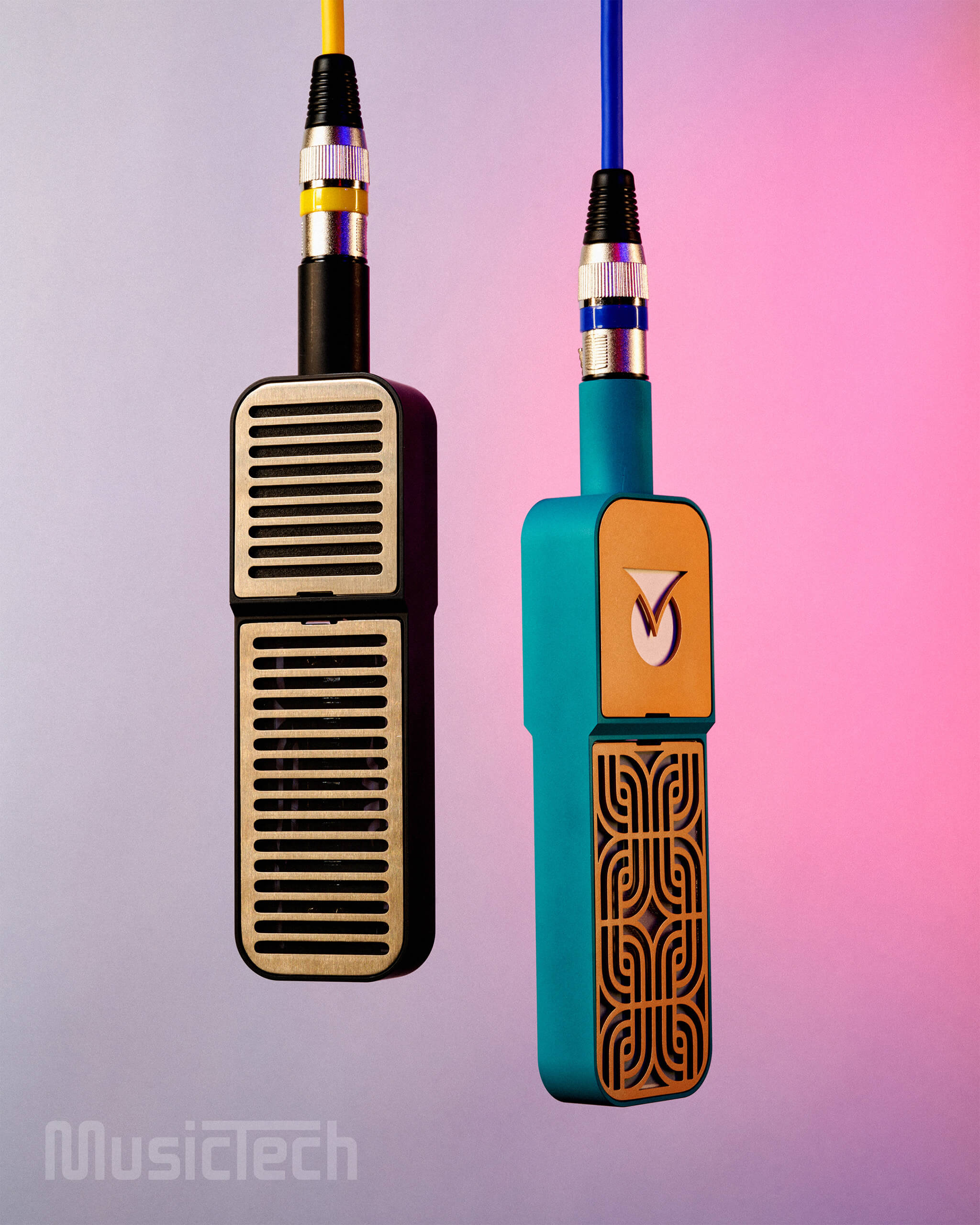
The Holes screen rolls off the low end and accentuates brightness, for example, while Stripes is best suited for mid-range work such as electric guitar. Scales imparts a more dynamic mic-like response for near-field recording.
These are all charmingly named, meticulously well-built and make for one drop-dead gorgeous-looking microphone. But does it make any real sonic difference? The answer to that question begins with Gibbs’ and Rothman’s experience – along with Ohma co-founder Nathan Bowers – working for legendary mic manufacturer AEA; the company responsible for such vaunted microphones as the R84, R92 and formidable stereo R88.
“We learned a lot there,” explains Rothman. “Our first real project was the N8, which is still one of my favourite mics in the world. But our real baby was the KU5A. After we left, we thought, ‘We want to make our own stuff. And we want to look at our mics and feel like this is fun, that this is cool.’ We wanted it to have the look of something like a nice guitar. People can be obsessed with their guitar colour, and we feel the same way about microphones. So we wanted to do something different.”
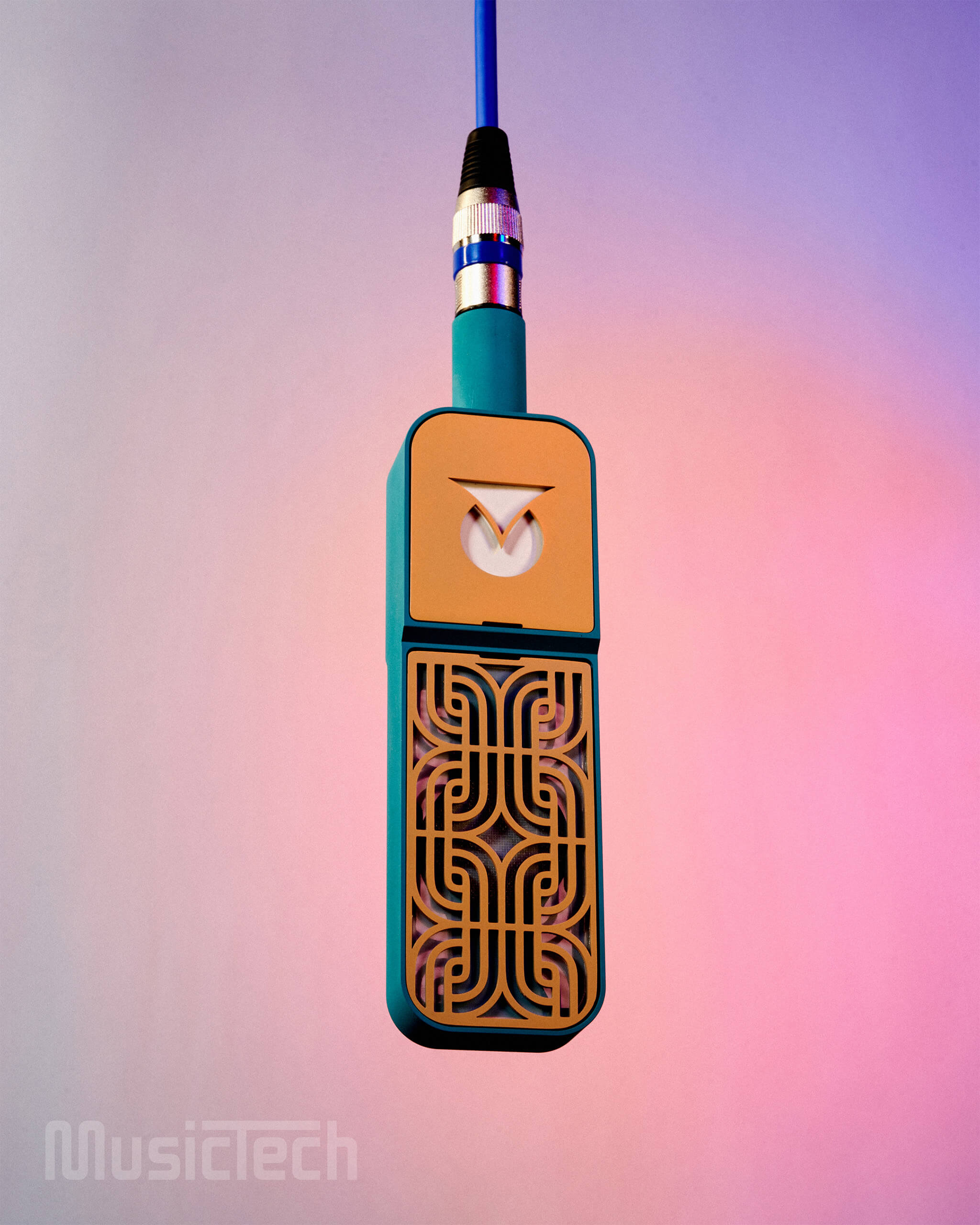
Variety wasn’t initially high on the agenda. With more standard mesh being worked into early designs, a simple gesture to try and aesthetically rework this aspect of the mic led to interchanging screens.
Rothman continues: “Charlene was like, ‘Dude, I’m so sick of looking at wire metal. Do you think we could try some different designs? Let’s try some vector packs. Let’s see if we can find just one thing that sounds good, that doesn’t look like everything else.’ So we made up 40 designs and did listening tests. They all sounded different – 30 of them sounded like trash.”
It was a distaste for fiddly repair jobs that subsequently gave way to the idea to use magnets. “I hate screws,” confesses Rothman. “I hate how screws look. We all hated servicing mics at AEA, especially the RCA mics, because opening them was just such a pain in the ass!
“So with magnets, we wouldn’t have to unscrew things. It would just go together. And then that’s when the idea came: ‘Oh, wait, with no screws we don’t have to just commit to just one of these. We could have five of them. There are things we love about all of these! It’s basically polyamory for microphones! [laughs]”
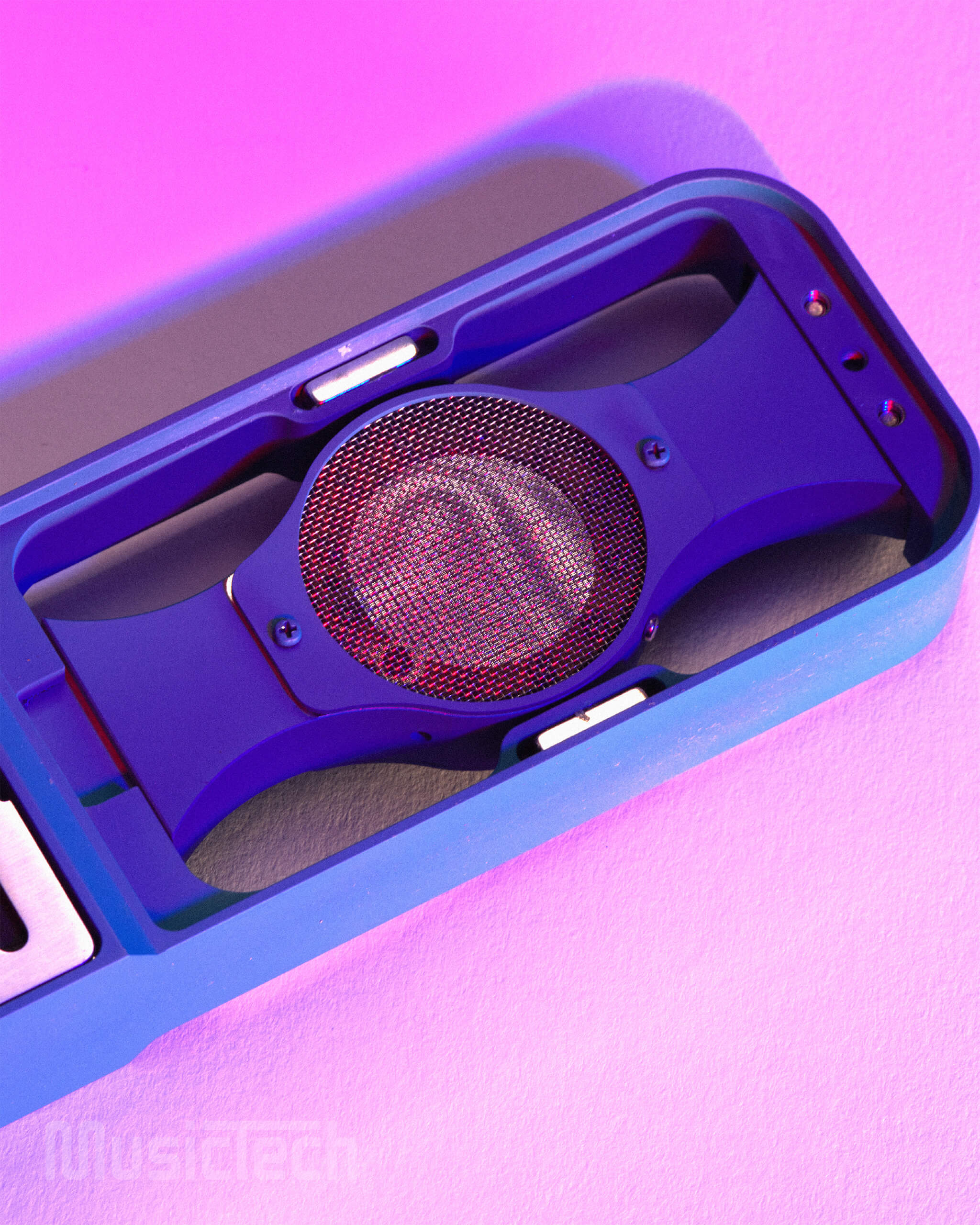
The company could therefore retain focus on a single-body design with just two transducer types. But surely, we ask, for the kind of versatility promised by Ohma, further variety was needed under the hood? Not so, we’re told.
“Coming from AEA, our ribbon is the same ribbon that you’ll find in a R44,” says Rothman. “So many different companies use the same few capsules, and it’s similar with the ribbon industry. But every mic sounds so different because of all the different materials in front of it. And yet they vary in price so much. The AEA R84, the R92, the N8, the N22, the R88, the R44 – they all have exactly the same ribbon.”
Key parts are just as ubiquitous in the world of condenser microphones, if not more so. “There are so many [Neumann] U47 clones out there, and half of them are using the same capsule,” explains Rothman. “All these companies are literally buying capsules from the same, like, six factories. And the main difference is the mesh that they’re using, or the body that they’re using, or the circuit that they’re using. The transducer does have an impact on the sound, but it’s the mesh. More so even than the body shape.”

These tenets are important, to say the least, and surprisingly little-known. We suggest that it’s as if having interchangeable screens is another way of teaching users what to look for in a mic, as well as about how much the physical properties of a mic impact its sound. Is education close to Ohma’s heart?
“Absolutely,” replies Rothman. “Think of it like a tiny room for your capsule, or a tiny room for your ribbon. A room might be really reverberant. But if you put up panels, you’re going to change that. It’s the same exact thing with a microphone, I like to say: ‘the sound goes through one side of the screen and comes out sounding different on the other.’ That’s how simple it is. I mean, having swappable screens is really cool but I think the coolest part about this is that nobody has used these designs on microphones before. They’re 100 per cent unique.”
“The micro-acoustical structure of a microphone impacts the sound,” adds Gibbs. “People see mics and ask, ‘Why is it like this? Why is there so much of it?’ It’s because that actually changes the sound of the microphone. How it looks is how it sounds. So we wanted to take that information and put it into a slimmer, more manageable package. And also bring that mindset into condenser mic land.
“It’s also an homage to our younger selves, who just couldn’t afford a lot of microphones,” they continue. “There were times when we had just one microphone and had to record everything with it. It was obnoxious: everything turned out the same and had the same layering of frequencies. And we didn’t really recognise that back then. With these screens, you can have one microphone, but with all these different options.”
Ohma’s condenser mic’s edge-terminated, single backplate capsule, affectionately dubbed ‘The Debby’, is an original design – a rare thing in the microphone world. With its leads attached to the edge of the capsule and without a centre chamber, it promises to mitigate unwanted harshness and deliver a smoother response than you might expect from a large diaphragm condenser of the Ohma’s type. Rothman is keen to convey the significance of a microphone company designing and manufacturing its own capsules, and it’s soon easy to see why.
“There are essentially three capsule designs being used by almost 95 per cent of microphones in the world,” says Rothman. “When we started doing capsules, we knew we wanted to do something different and original.”
After years of tweaking a design sparked, of all things, by a mid-century trade magazine article with hand-drawn schematics, a capsule design was finally ready for testing.
“We spent about a week recording over 50 microphones – from vintage all the way to modern – and comparing them to our capsule,” recalls Rothman. “And the coolest part was that it was so different to every vintage microphone. But it stood up. It was just different. And that’s when we were like, ‘Fuck. I guess we are making our own capsules for this company.’
“The reason most companies aren’t making their own capsules is because they don’t know how,” he continues.
“It’s not something that you can just look up online and find, you have to be taught how to do it. And for years, we did our own research trying to figure this out. And it wasn’t until I found a couple of mentors who really taught me that I learned how to do this. This is one reason why we’re able to sell our mics for less than you’d think they would cost is because we know how to do it and we’re doing it in-house.”
Key to the Ohma manifesto, as you may have noticed, is a rather strong persuasion towards colour.
Ohma microphones are hand-painted in a vast variety of ceramic-based finishes and the company frequently announces ‘drops’ of limited-run colour schemes, as well as fully customisable colour schemes. You can even bear your Ohma with a logo of your choice if desired.
“Full of colour, full of life,” proclaims Gibbs on the Ohma website. “That’s why we offer customisable colour options for our microphones – it allows people to make a statement about who they are and what they stand for.”
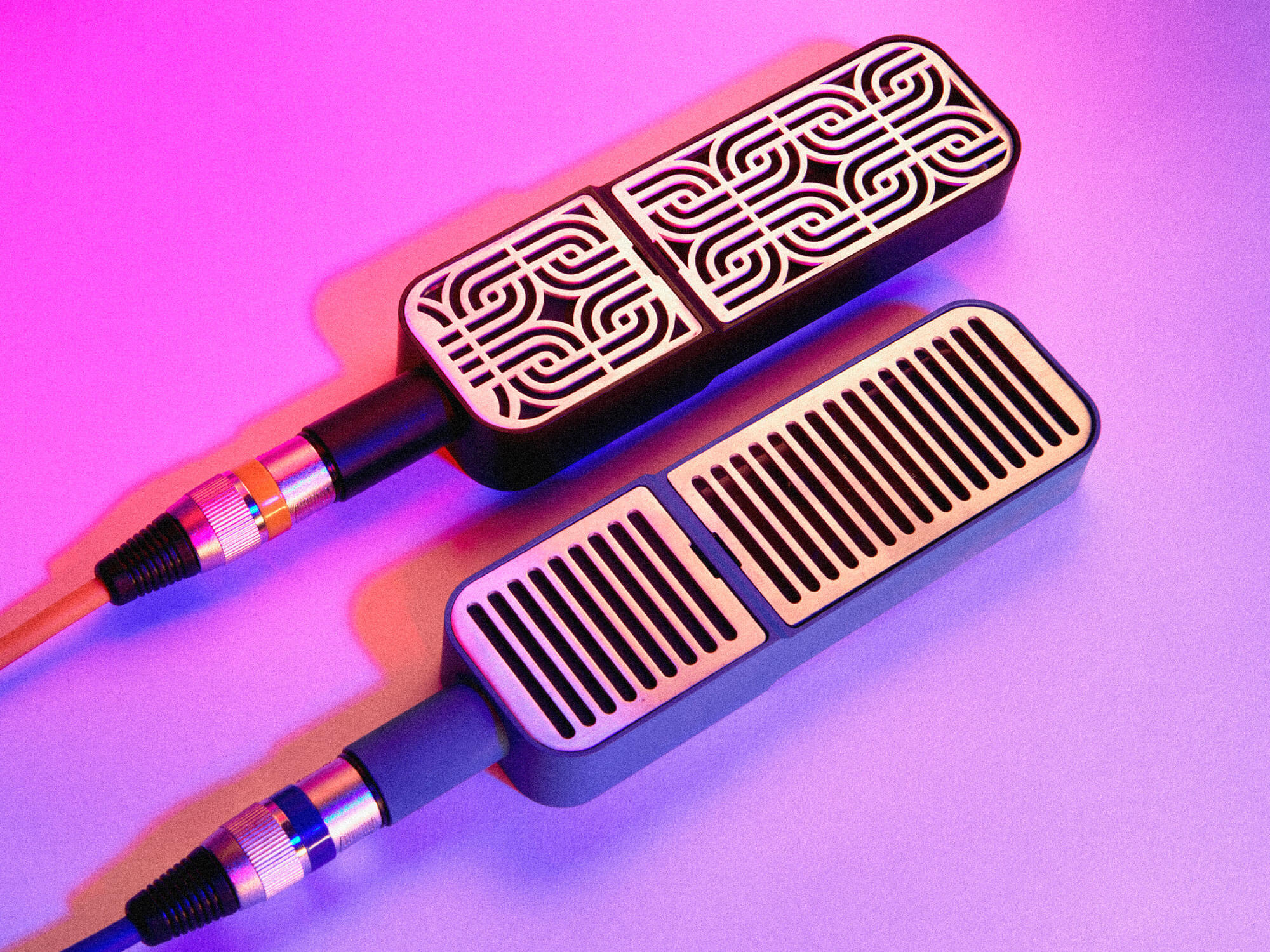
Proudly wearing its LGBT-owned status on its sleeve, the company sees visual customisation and self-expression not as peripheral to its products, but essential.
Just last month at LA’s Pride Parade, American artist Janelle Monae was spotted singing into an ACLU (American Civil Liberties Union)-themed Ohma microphone sporting the bright blue, pink and white colours of the Trans flag, and Ohma now has its own performance video series spotlighting the music of queer artists.
“We want our customers to feel like they are creating something that is truly special and reflects their values and identity,” Gibbs continues. “As someone who identifies as non-binary, the rewarding sense of fluidity the Ohma microphone offers is something I take tremendous joy in.”
It’s refreshing to witness: Ohma is a company as focused on making a positive contribution to the culture of recording as it is to the mic cabinets of studios. It even has a side-business upcycling off-cuts from the manufacturing process into jewellery – something we can safely say we’ve not seen from a microphone company before.
Ohma is a step into the unknown, but if this is the shape of things to come, the future of microphones may just prove every bit as venerable as its past.
Check out Ohma’s microphone-creating experience at ohmaworld.com
Source: William Stokes – musictech.com





